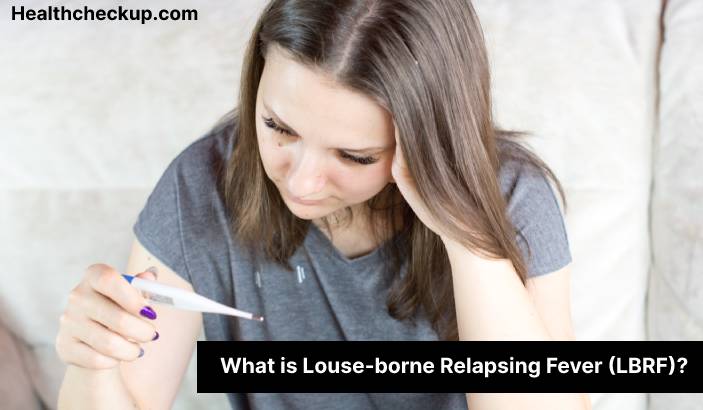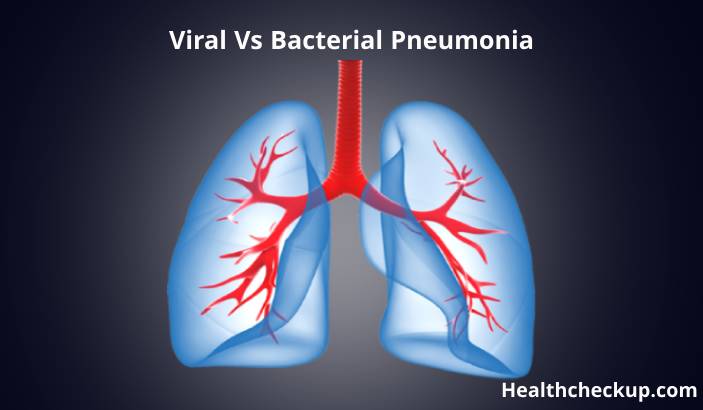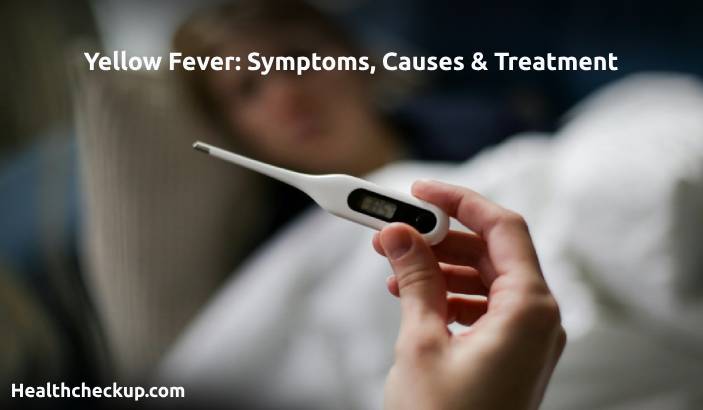Louse-borne relapsing fever (LBRF) is a bacterial infection caused by the spirochete Borrelia recurrentis. It is transmitted through the bite of infected body lice, which live and lay their eggs in the seams of clothing and bedding. LBRF is found in areas where hygiene and living conditions are poor, and outbreaks often occur during times of conflict, natural disasters, or overcrowding.
Symptoms of LBRF typically appear within 5-15 days of infection and can include:
- Fever: This is the most common symptom of LBRF and is usually accompanied by chills. The fever comes and goes in cycles, hence the term “relapsing fever.”
- Muscle aches: LBRF can cause muscle pain and weakness, particularly in the back and legs.
- Headache: Many people with LBRF experience headaches that can range from mild to severe.
- Rash: A rash appears on the chest, back, or arms in some cases of LBRF. It may be red, pink, or purple in color and may be accompanied by raised bumps or welts.
- Nausea and vomiting: Some people with LBRF experience stomach upset and the need to vomit.
- Abdominal pain: LBRF can cause abdominal pain and discomfort.
- Difficulty breathing: In severe cases, LBRF can cause difficulty breathing due to inflammation in the lungs.
Severe cases of LBRF can lead to complications such as meningitis, respiratory failure, and kidney failure.
Diagnosis of LBRF is typically made through a combination of clinical presentation and laboratory testing. Blood cultures and serological tests can detect the presence of B. recurrentis in the bloodstream.
Treatment for LBRF typically involves the use of antibiotics, such as penicillin or tetracycline. Early treatment is crucial to prevent complications and death. In cases of severe infection or complications, hospitalization is necessary.
Prevention of LBRF involves good personal hygiene and the proper disposal of clothing and bedding that harbor lice. In areas where LBRF is prevalent, insecticide-treated bed nets and regular delousing of clothing and bedding is also effective in reducing transmission.
LBRF is a rare disease in developed countries, but it remains a significant public health concern in certain parts of the world, particularly in sub-Saharan Africa and parts of Asia. Outbreaks can occur when conditions are favorable for the transmission of lice, such as during times of conflict or natural disasters. It is important for individuals living in or traveling to areas where LBRF is endemic to be aware of the risks and take steps to protect themselves.
In conclusion, LBRF is a bacterial infection transmitted through the bite of infected body lice. It can cause severe illness and can be fatal if left untreated. The most common symptoms of LBRF include fever, muscle aches, headache, and rash. Diagnosis is made through a combination of clinical presentation and laboratory testing. Treatment involves the use of antibiotics and can be successful if started early. Good personal hygiene and the proper disposal of clothing and bedding can help prevent transmission. It is important for individuals in endemic areas to be aware of the risks and take steps to protect themselves.









